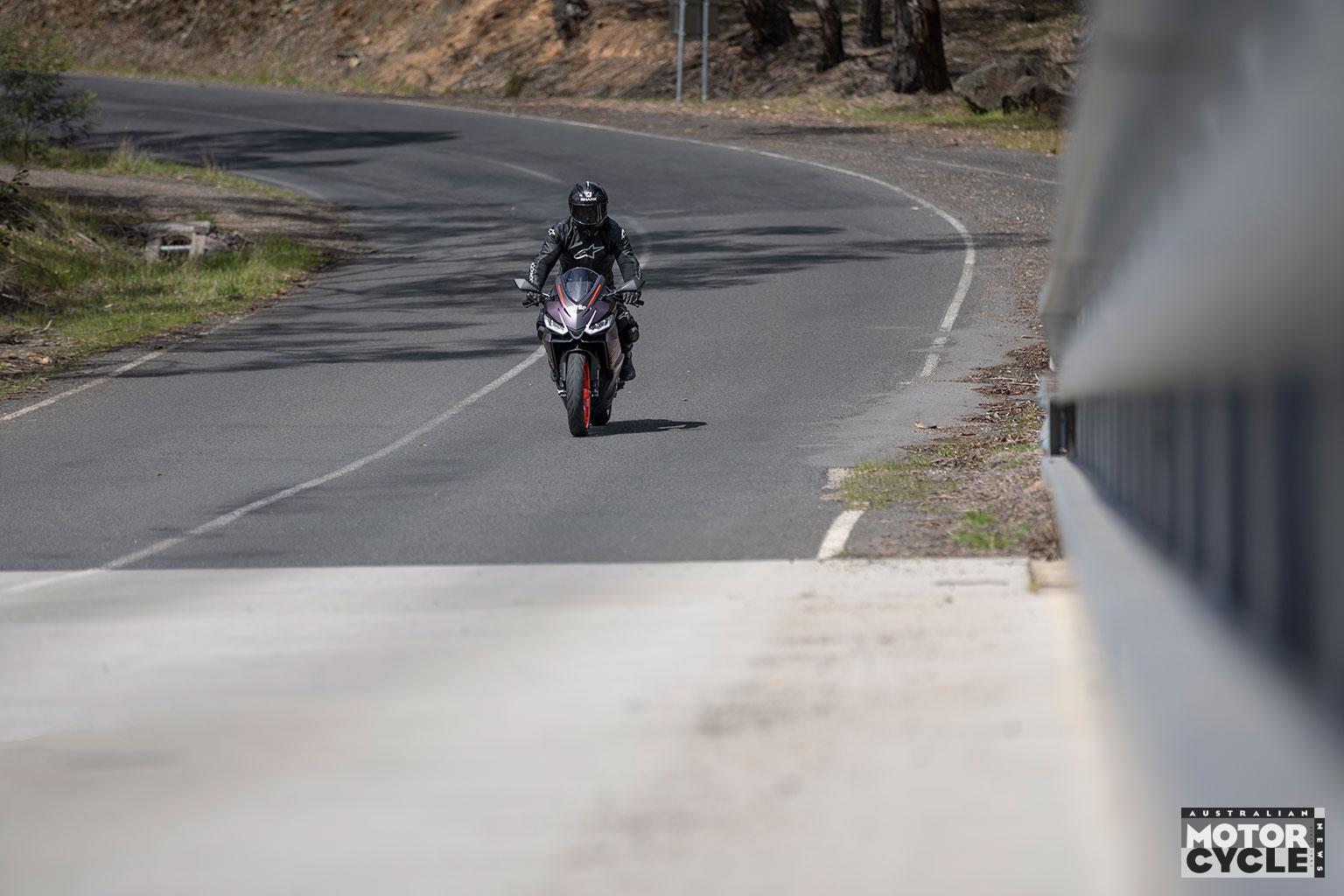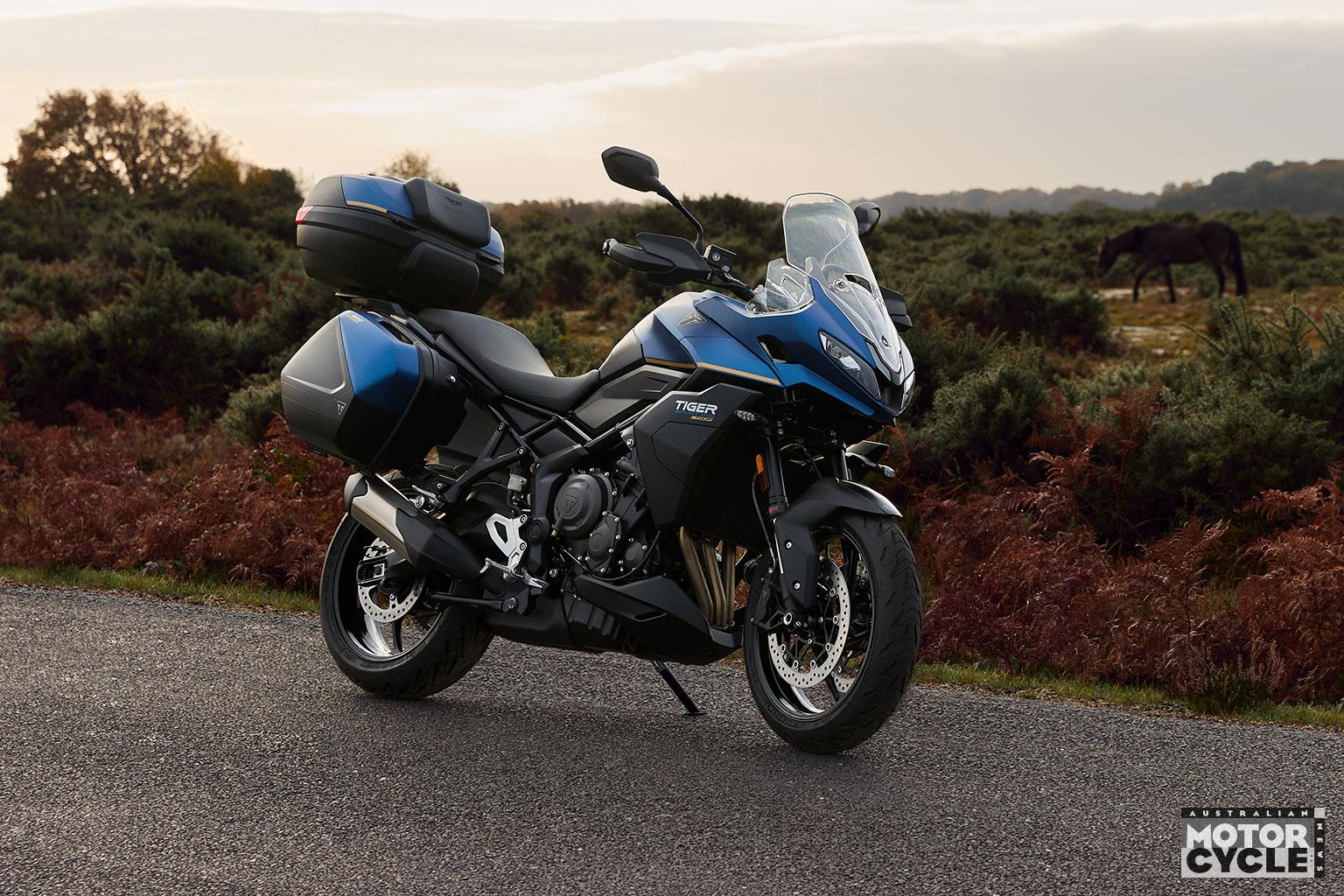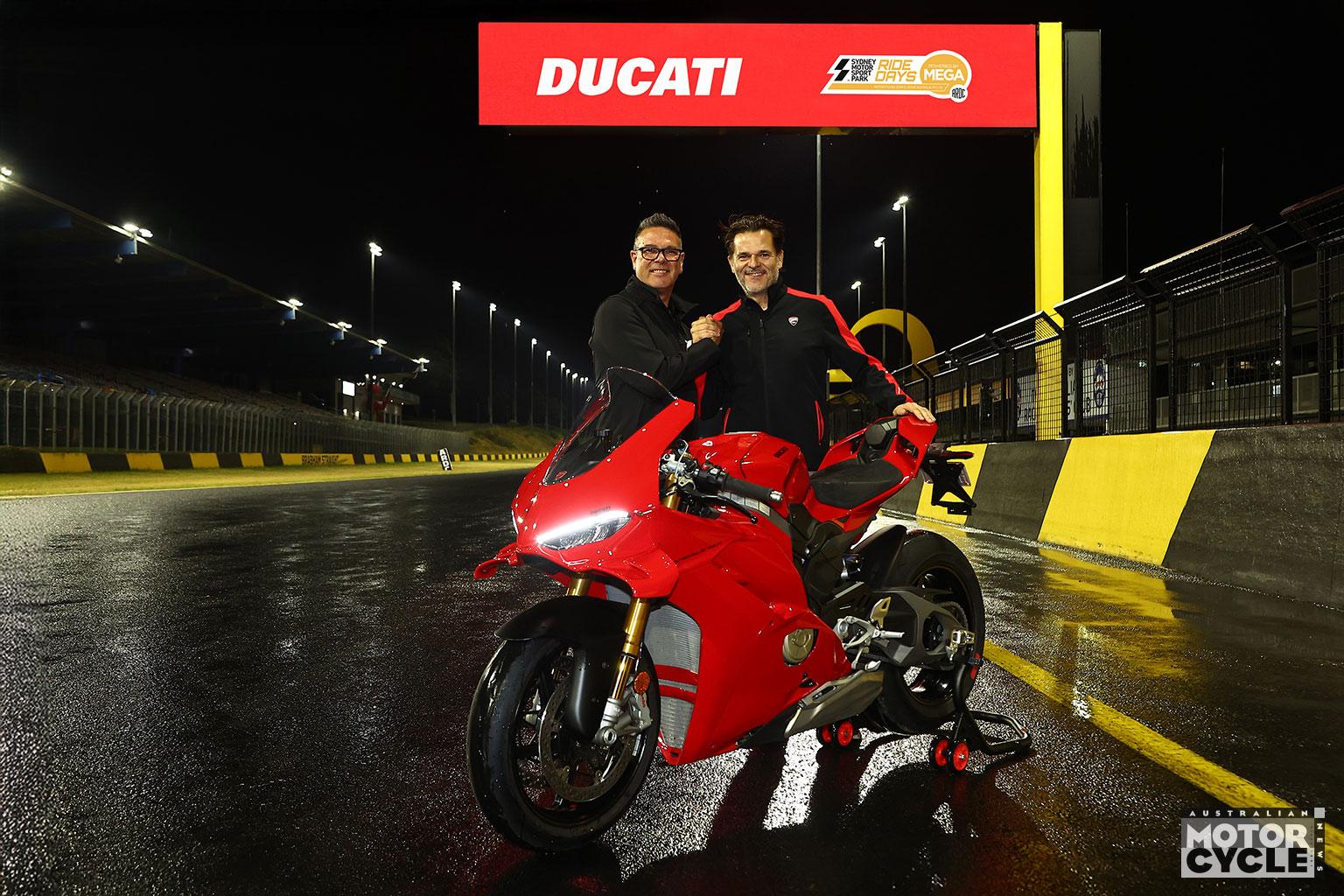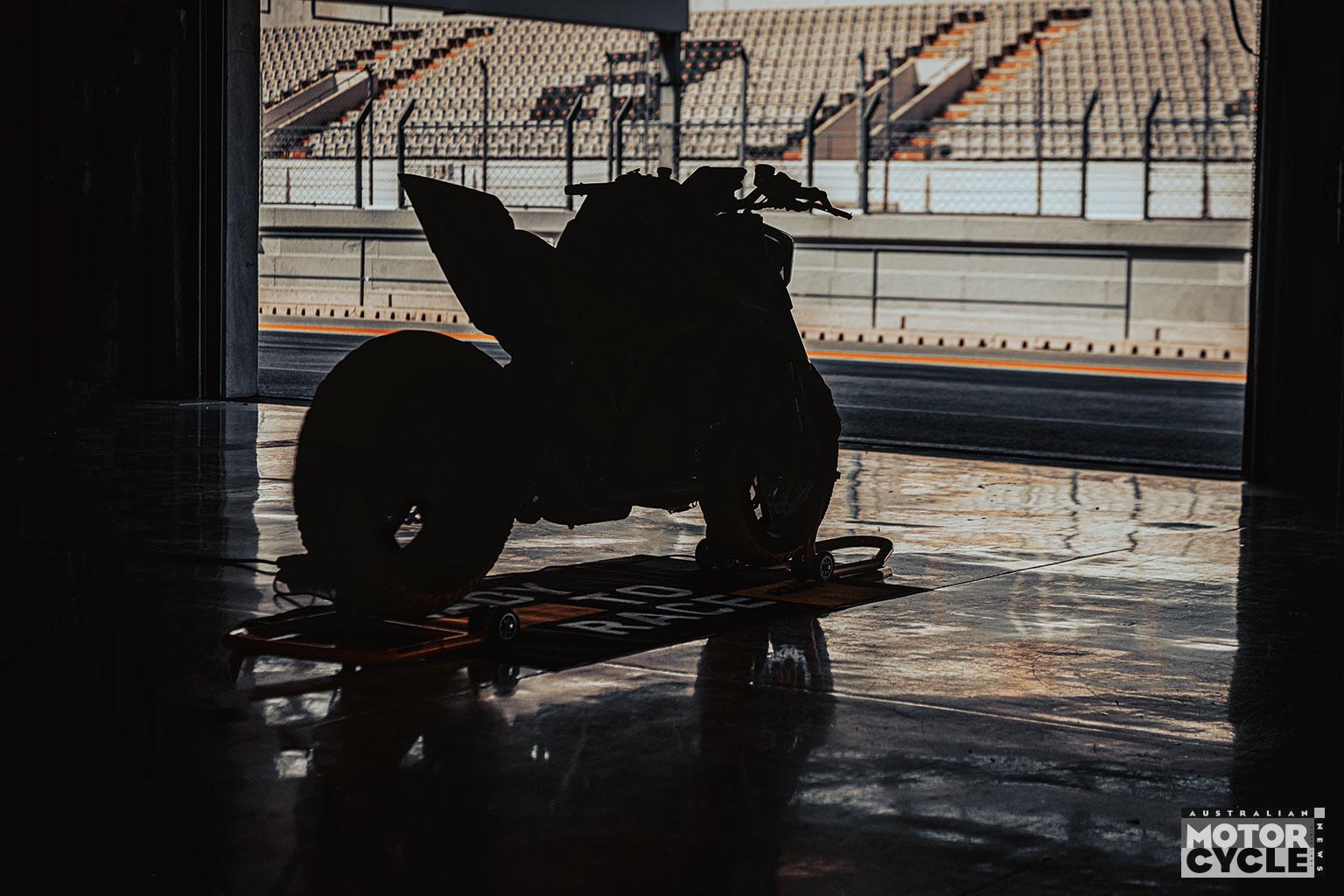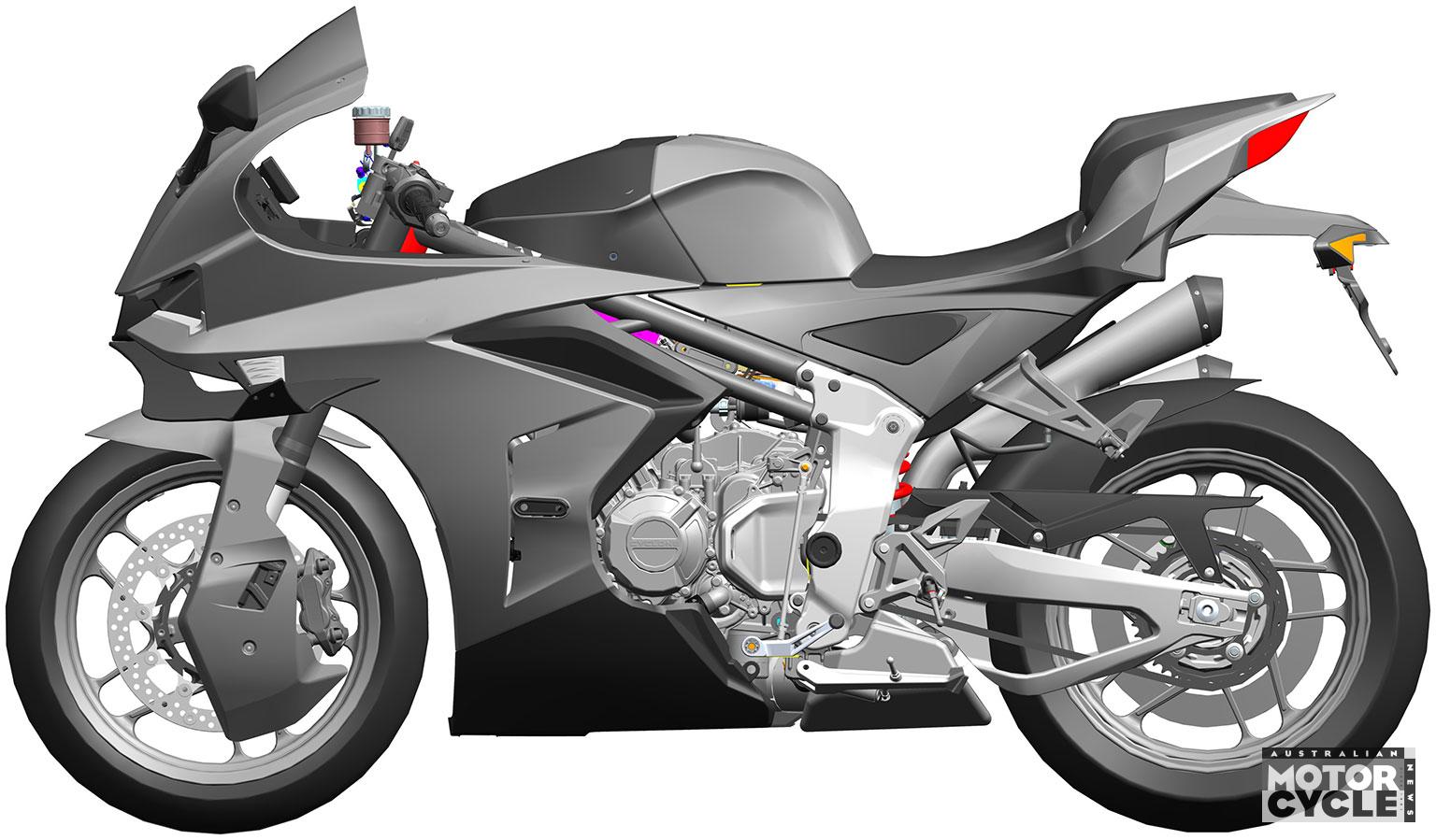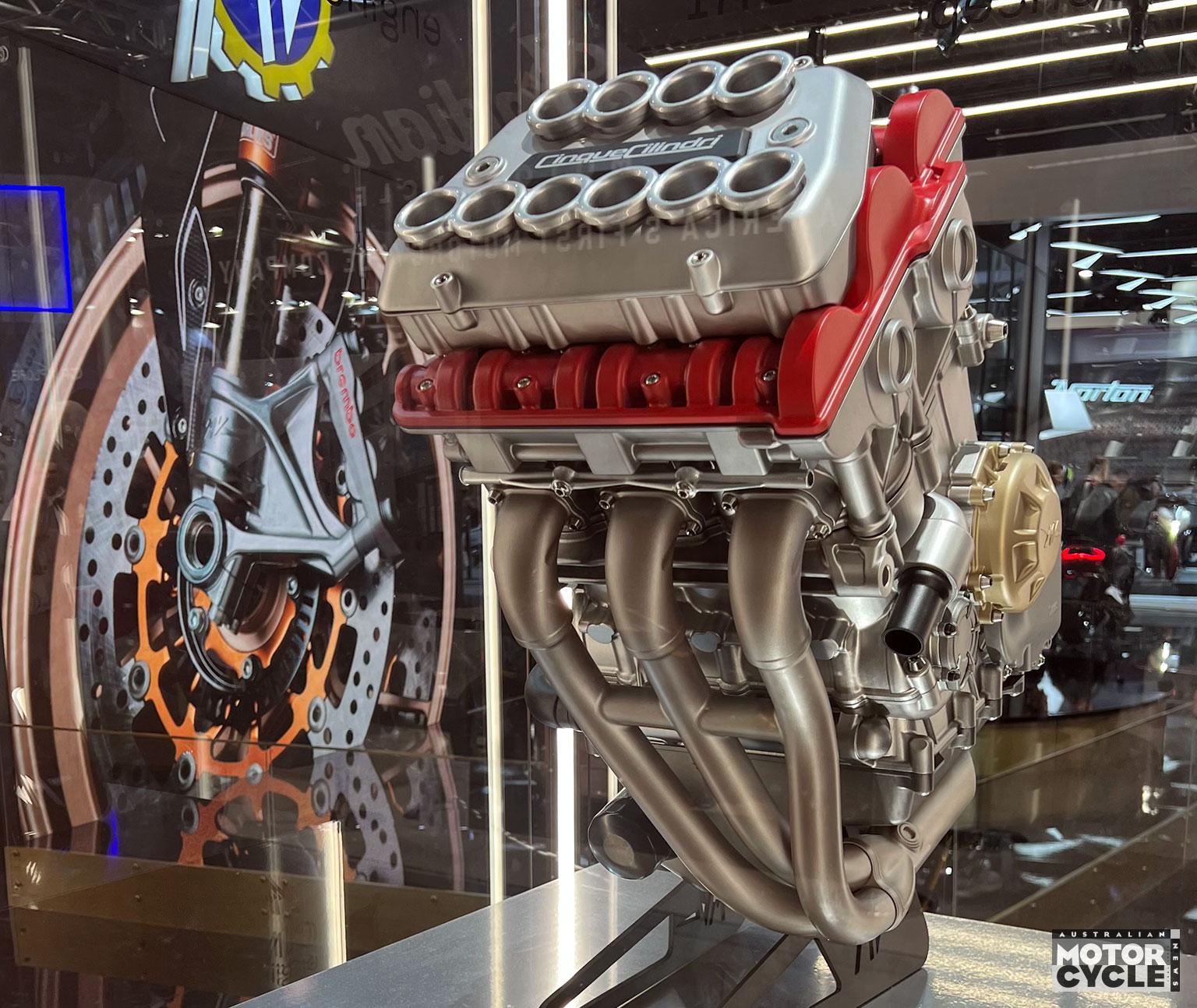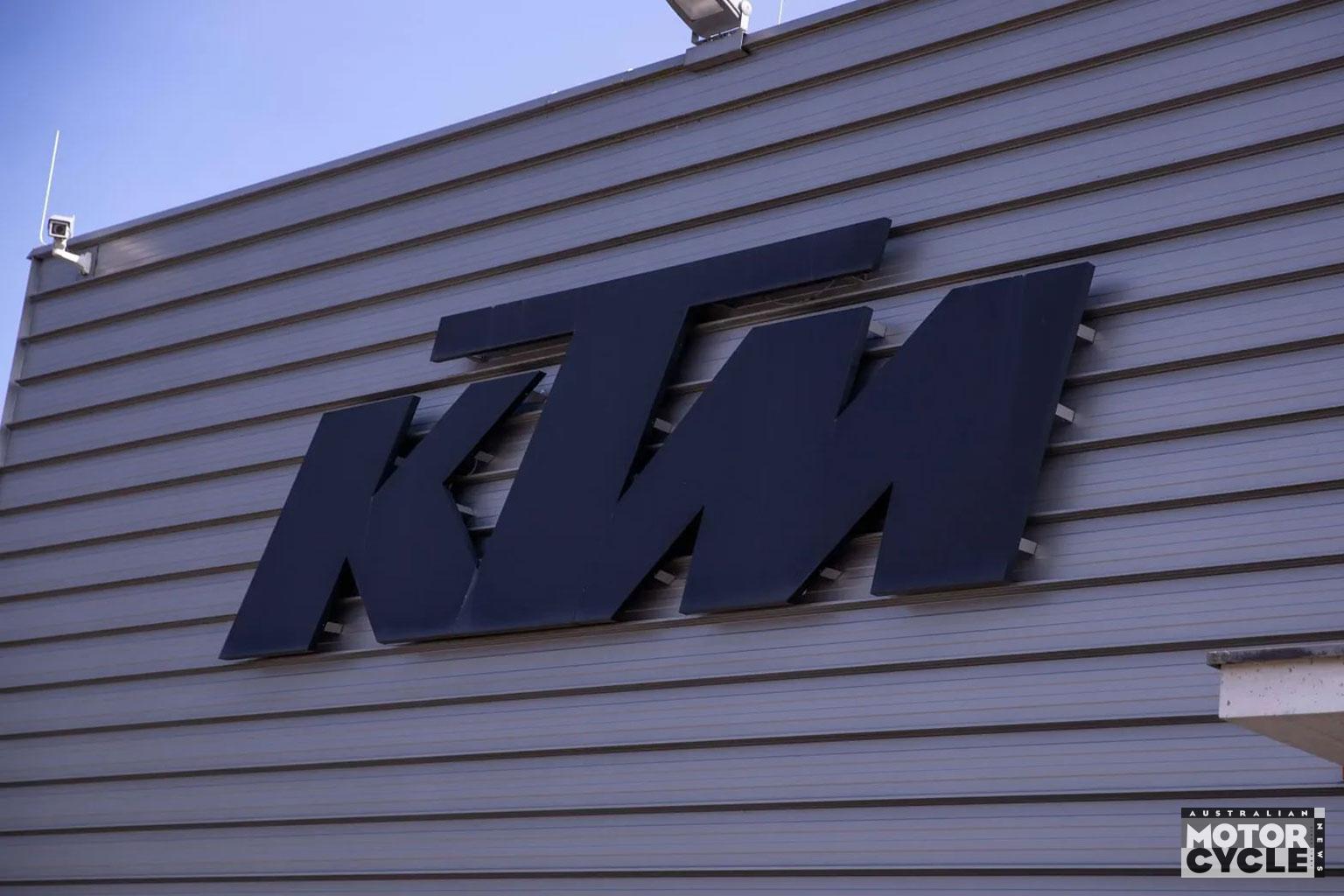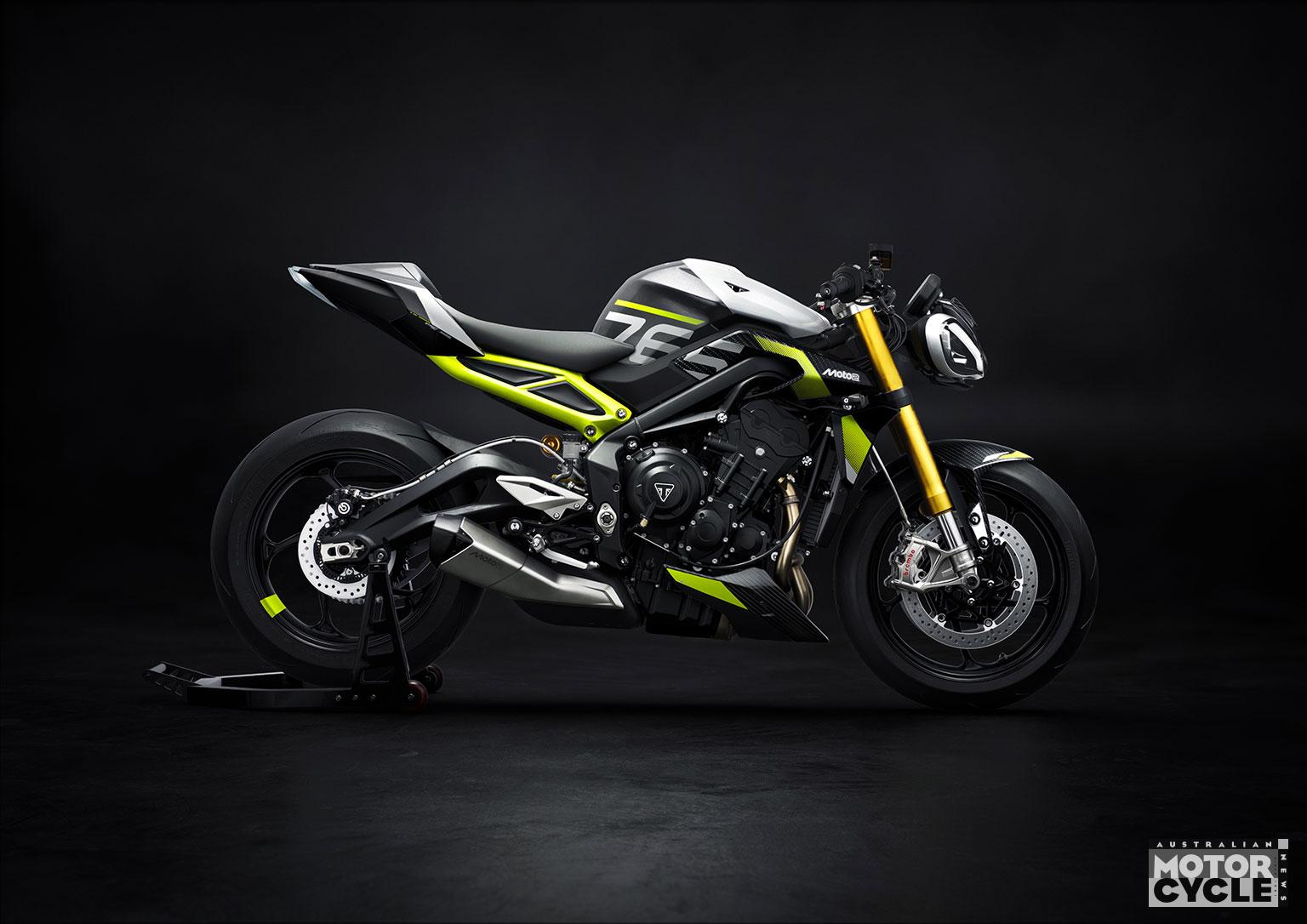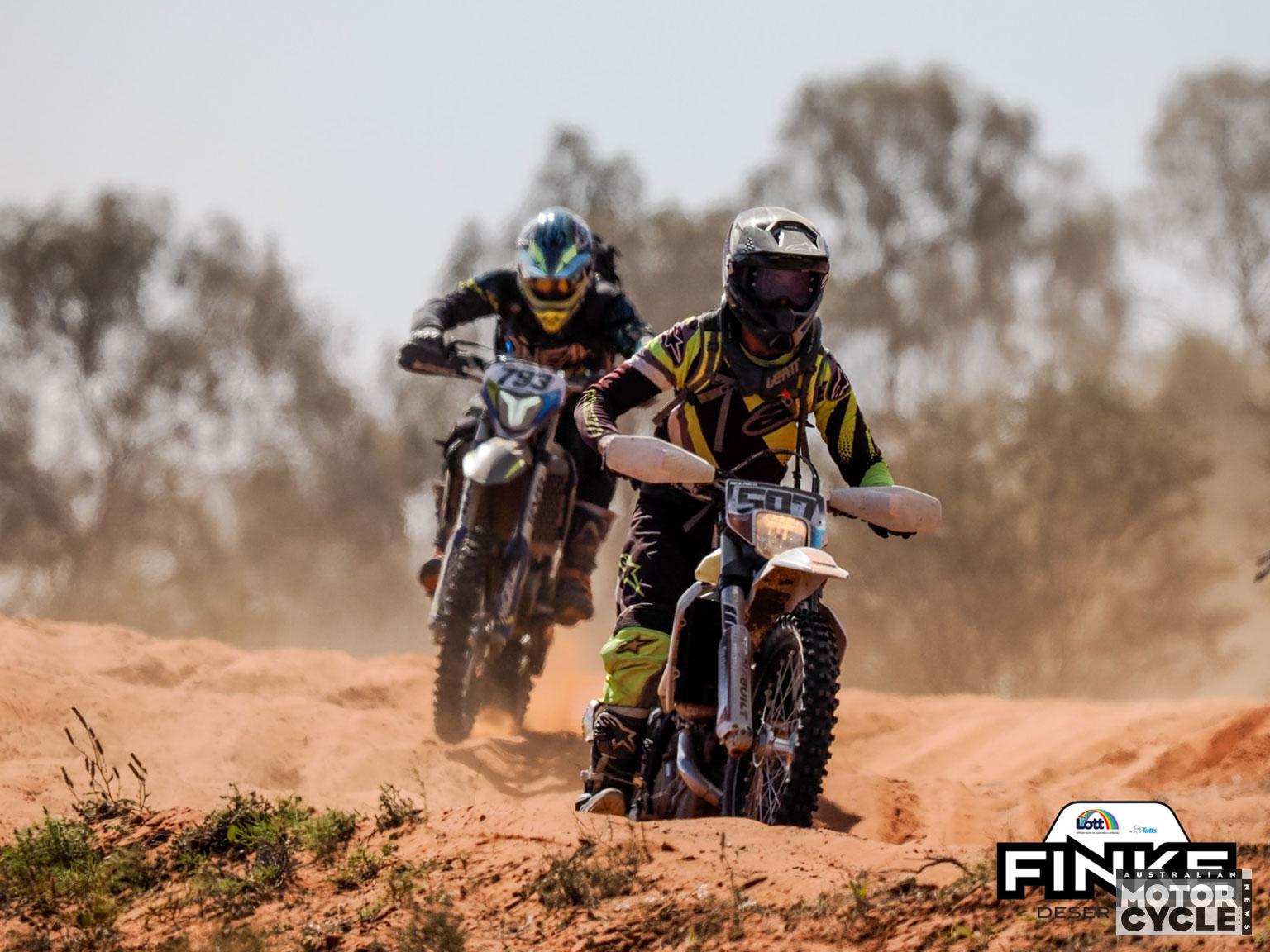- Inertial Measurement Units
Not that long ago IMU was a meaningless acronym. Now it’s fast becoming the key tech of 2017. Standing for Inertial Measurement Unit, IMUs are small electronic gizmos that hold the key to a host of next-generation technologies. They first appeared on top-end superbikes but for 2017 are filtering down to much more mainstream models.
Combining accelerometers and gyros, IMUs can measure lean angles and acceleration in various directions – you’ll see them referred to as five-axis or six-axis IMUs depending on the number of sensors they contain.
Since they know a bike’s angle – both in terms of cornering lean and front-to-rear pitch – and can measure acceleration and cornering forces, IMUs are key to the latest traction control, cornering ABS and wheelie or stoppie-mitigation electronics.
Their sudden spread is largely down to the fact that one company, Bosch, supplies electronics for traction control and ABS to virtually every manufacturer. Throw in the fact ABS is becoming mandatory in the European market from 2017 and it’s no surprise companies are turning to Bosch for their anti-lock systems are opting to upgrade to the latest cornering ABS set-ups featuring IMUs.

- Small-capacity adventure bikes
If last year was for retro-style scramblers then this year’s new-model fad is for small-capacity adventure bikes. It’s a pretty straightforward conclusion to the current trends in bike sales worldwide. For the last decade or so, large adventure bikes – led by the BMW R 1200 GS – have been massively successful in developed markets. And since riders aspire to own them, it’s rather surprising that it’s taken this long for the sub-set of small-capacity equivalents to take off.
There’s the BMW G 310 GS, the Suzuki DL250 V-Strom, Kawasaki’s Versys-X 300 and Honda’s CRF250 Rally. Benelli’s TRK502 was shown as a prototype a year ago and is finally reaching production and Royal Enfield’s Himalayan is poised to hit the international market.

- Euro4 emissions and new type-approval rules
Demonstrating the reach that rules and regulations on specific markets can have, there’s barely been a story about a new-for-2017 model over the last 12 months that hasn’t mentioned Euro4 or the new European regulations.
Largely concerned with the drab subject of exhaust emissions, the new Euro4 rules are about reducing both noise and noxious outputs, but also have other knock-on effects. For instance, as well as tightening limits, they introduce the need for bike makers to prove their machines will remain compliant later in life as well as when new. Thanks to natural deterioration with age and use, that means the latest batches of bikes actually need to clear the new limits by a considerable margin.
The Euro rules from January make ABS compulsory on every new bike over 125cc, and bring in requirements for emissions monitoring on-board-diagnostics systems to ensure that the kit doesn’t fail. Small tweaks to the rules also mean that Euro-spec bikes are adopting the sort of ugly, side-mounted reflectors that have previously been mandatory on the American market.
- Homologation bikes are back
Thanks to WSBK regulations that allow manufacturers to compete with bikes made in small numbers – only 500 need to be built, and they’ve got two years to reach even that modest target – there’s a host of new homologation specials for 2017.
Honda has the CBR1000RR SP2, Kawasaki the new ZX-10RR and Suzuki has the GSX-R1000R and Yamaha’s R1M is back again for another year, too. All these bikes – and particularly the Honda and Kawasaki – will only really be at their best when race kits are fitted, but no doubt buyers will flock to them regardless. Will it spice up the racing? Here’s hoping.

- Death of the supersports 600
We mentioned the upcoming demise of the supersport 600 class earlier this year and our suspicions have proved largely true with most of the contenders in the category expected to be phased out.
Euro4 is, once again, at the root of the issue alongside ever-diminishing sales figures. High-revving, highly-tuned, small-capacity engines are among the hardest to make meet the new laws. It can be done, but usually only with either a loss in performance or a significant increase in the technology and cost of the engines.
Lots of valve overlap, needed to get the high-rev performance and peak power figures, is the problem since at lower revs it means too much unburnt fuel will reach the exhaust. While variable valve timing would be a solution, it’s expensive and hard to implement on small, high-revving engines.
Yamaha has bucked the trend, opting to revamp its R6 and bring it into line with Euro4. Surprisingly it seems that it’s needed few engine changes to achieve it, but note that at the moment – at least as we go to press – the firm hasn’t revealed the bike’s peak power or torque.
- Mix-and-match engineering
While platform-sharing isn’t a new idea, manufacturers are taking it to new extremes every year. The ideas is to raid you existing parts supplies and recombine elements to create new models or enter new niches without the enormous research and development costs involved in creating an entirely new bike.
Triumph in particular can be seen to be at it. Just look at the never-ending array of Bonneville-based models that have appeared over the last few months. From a four-tiered 2016 range it’s gone to an eight-tiered 2017 line up — and it hasn’t finished. There’s a new Speed Twin on the way (see pg18) along with further cruiser derivatives, too.
Ducati is another exponent of mix-and-match and 2017’s Monster 797, Multistrada 950, Scrambler Desert Sled, Scrambler Café Racer and SuperSport 939 are all examples.

- Exoto-bike madness
A few years ago it would have been madness to suggest there was a healthy market for massively expensive superbikes with price tags like telephone numbers. Back in the 90s Honda struggled terribly to sell the NR750 technology tour de force, and firms like Bimota have always bumped along the shores of bankruptcy with their uber-expensive machines.
But in 2016 it was no problem to find buyers for the RC213V-S road bikes. Kawasaki H2s and H2Rs have been easy to sell. And in 2017 there are even more hugely-expensive bikes coming. Ducati has ventured into these waters before with the Desmosedici RR – arguably the first super-expensive bike that actually managed to sell in decent numbers – and it’s back again with the 1299 Superleggera.
Norton has found buyers to put their names down for 200 yet-to-be made V4 SS models with carbon wheels next year and BMW will also get in on the action later in 2017 with the HP4 Race. All this suggest a coming trend for structural carbon fibre (AMCN Vol 66 No 11), using the stuff for wheels and frames as well as bodywork.

